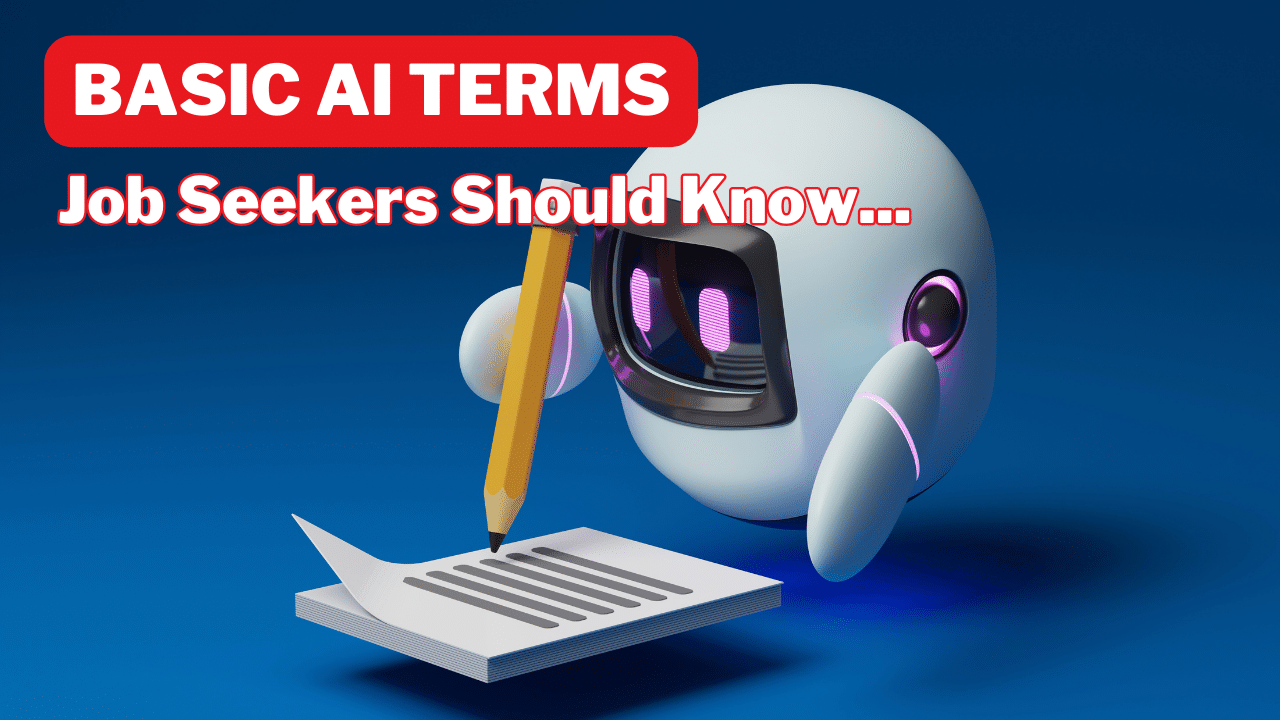Basic AI Concepts Every Job Seeker Should Know (2023)
Are you familiar with basic AI concepts? We have all heard them thrown around quite a bit recently, but some terms can be confusing for people who are new to AI. If you are a job seeker on the market looking to pursue a career in AI, this article is going to give you the confidence to speak to AI concepts easily with confidence and examples.
Moreover, I have decided to write about these concept descriptions and examples in plain English and jargon-free.
How does that sound? Let’s do it!

Basic AI Concepts You Should Know in 2023 (Feisworld AI Glossary)
Artificial Intelligence (AI)
- Description: A broad field of computer science focused on creating smart machines capable of performing tasks that typically require human intelligence.
- Examples: Siri (Apple’s voice assistant), Tesla’s Autopilot
Machine Learning (ML)
- Description: A subset of AI involving algorithms to parse data, learn from it, and make predictions or decisions.
- Examples: Netflix’s recommendation system, Google’s search algorithm
Deep Learning
- Description: A subset of ML involving neural networks with three or more layers.
- Brands: DeepMind (developed AlphaGo), OpenAI (e.g., GPT-4)
Neural Network
- Description: A computational model based on the structure of a biological neural network.
- Examples: Convolutional Neural Networks (CNNs) for image recognition, Recurrent Neural Networks (RNNs) for time series data
Natural Language Processing (NLP)
- Description: A branch of AI focused on the interaction between computers and human language.
- Examples: ChatGPT by OpenAI, Google Translate
Algorithm
- Description: A set of rules or procedures for solving a problem.
- Examples: Google’s PageRank (for search), Facebook’s News Feed algorithm
Training Data
- Description: Data provided to an AI or ML model to learn from.
- Brands: ImageNet (used in image recognition), Kaggle (a platform with datasets)
Supervised Learning
- Description: ML where the algorithm is trained using labeled data.
- Examples: Spam email classifiers, credit approval systems
Unsupervised Learning
- Description: ML training using data without explicit labels.
- Examples: Customer segmentation in marketing, Topic modeling in text data
Reinforcement Learning
- Description: An ML method where agents learn by receiving rewards or penalties.
- Examples: AlphaGo by DeepMind, Q-learning for game playing
Prediction
- Description: The output of an ML model when given new input data.
- Examples: Weather forecasting models, Stock price prediction tools
Bias (in AI/ML)
- Description: When an algorithm produces results that are systematically prejudiced.
- Examples: Amazon’s recruitment tool that showed bias, Face recognition tools with racial biases
Overfitting
- Description: When an ML model performs poorly on new data because it’s too closely adapted to the training data.
- Conceptual Term: Tools like Lasso and Ridge regression help combat it.
Chatbot
- Description: A software application designed to simulate human conversation.
- Brands/Examples: IBM Watson Assistant, Mitsuku Chatbot
Robotics Process Automation (RPA)
- Description: Software robots or “bots” to automate repetitive tasks.
- Brands: UiPath, Blue Prism
Computer Vision
- Description: An AI field for interpreting and acting upon visual information.
- Examples: Google Photos, Amazon Go stores
Turing Test
- Description: A measure of a machine’s ability to mimic human intelligence.
- Notable Instance: Eugene Goostman, a chatbot with claims of passing the Turing Test
General AI vs. Narrow AI
- Description: General AI aims to perform any intellectual task a human can do, while Narrow AI is specialized.
- General AI: No true examples yet, but OpenAI and DeepMind aim here.
- Narrow AI: Siri, Alexa, chatbots, recommendation engines.
Conclusion: Basic AI Concepts and Terms for Job Seekers
In the rapidly evolving landscape of the job market, AI is no longer confined to the realms of tech giants or startups; it’s permeating industries across the board. Whether you’re diving into a technical role or simply aiming to be AI-literate in your profession, understanding these basic AI concepts offers a competitive edge. As automation and intelligence drive the next wave of innovation, job seekers equipped with a foundational grasp of AI are poised to ride the wave, ensuring they remain relevant, adaptable, and ahead of the curve. To all job seekers out there, remember: knowledge is power, and in today’s world, understanding AI is a part of that empowerment.







